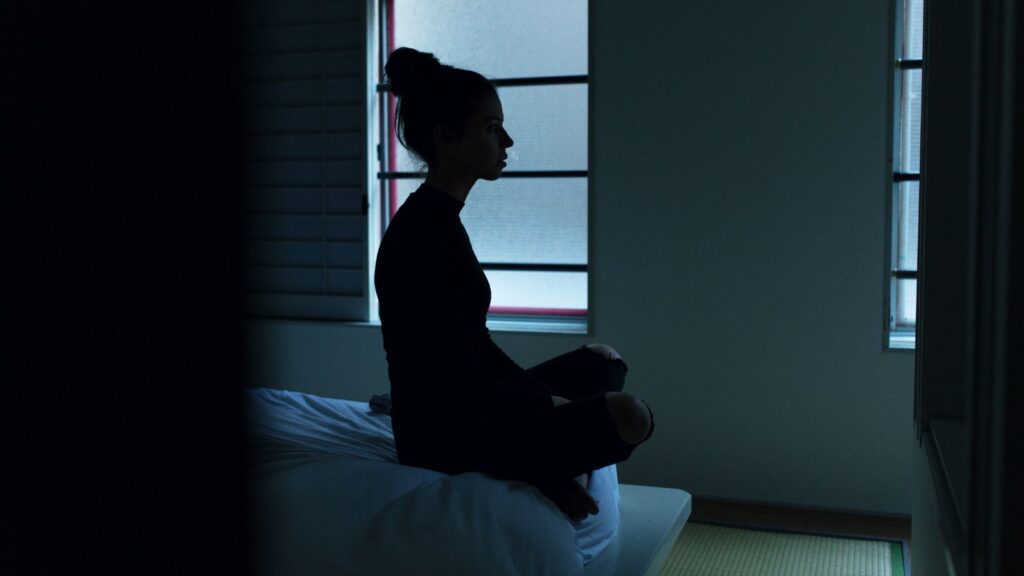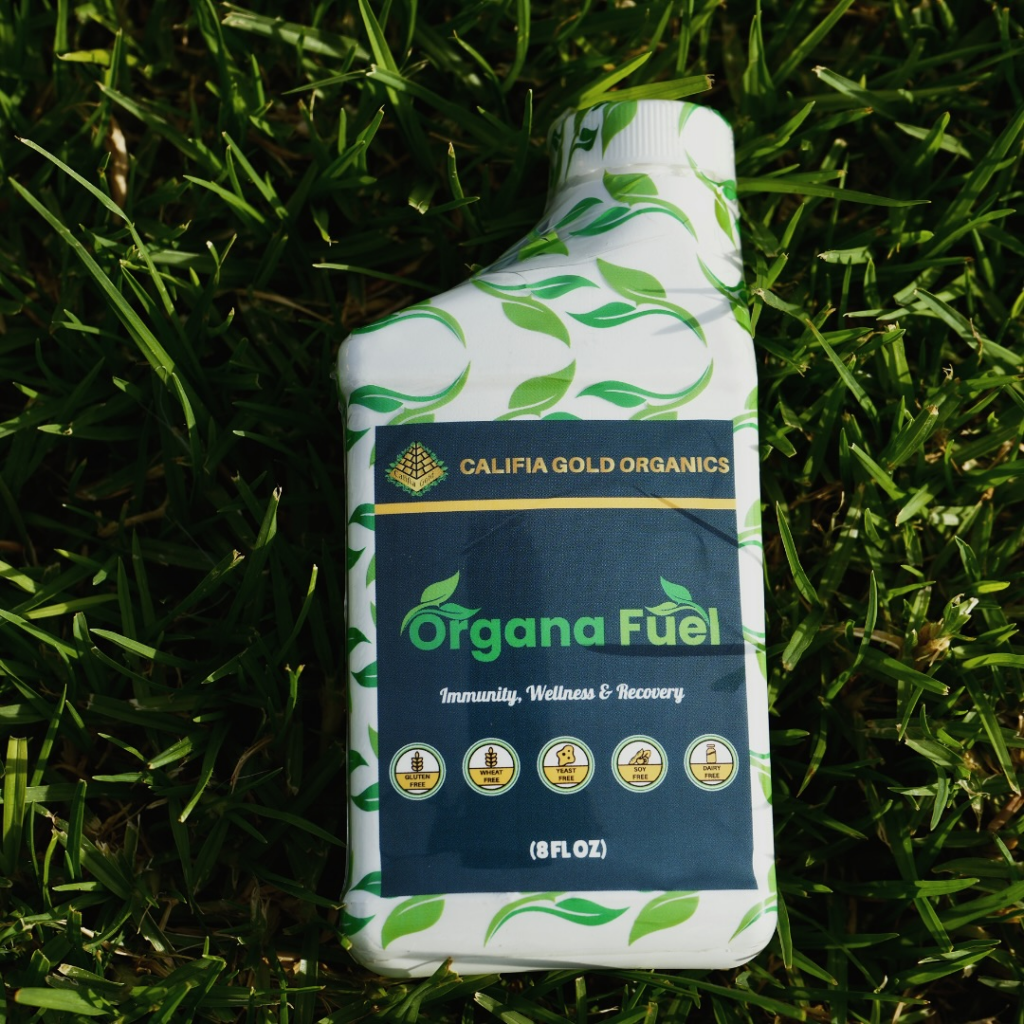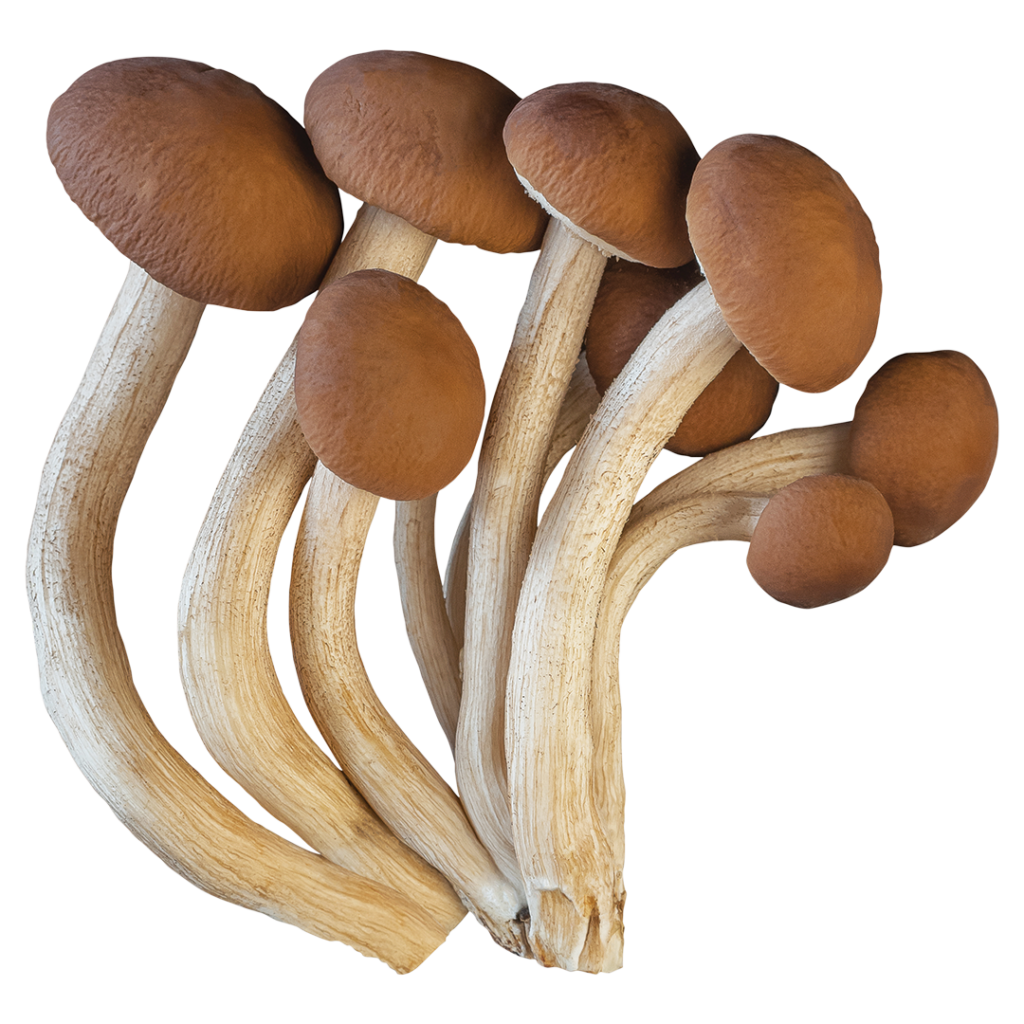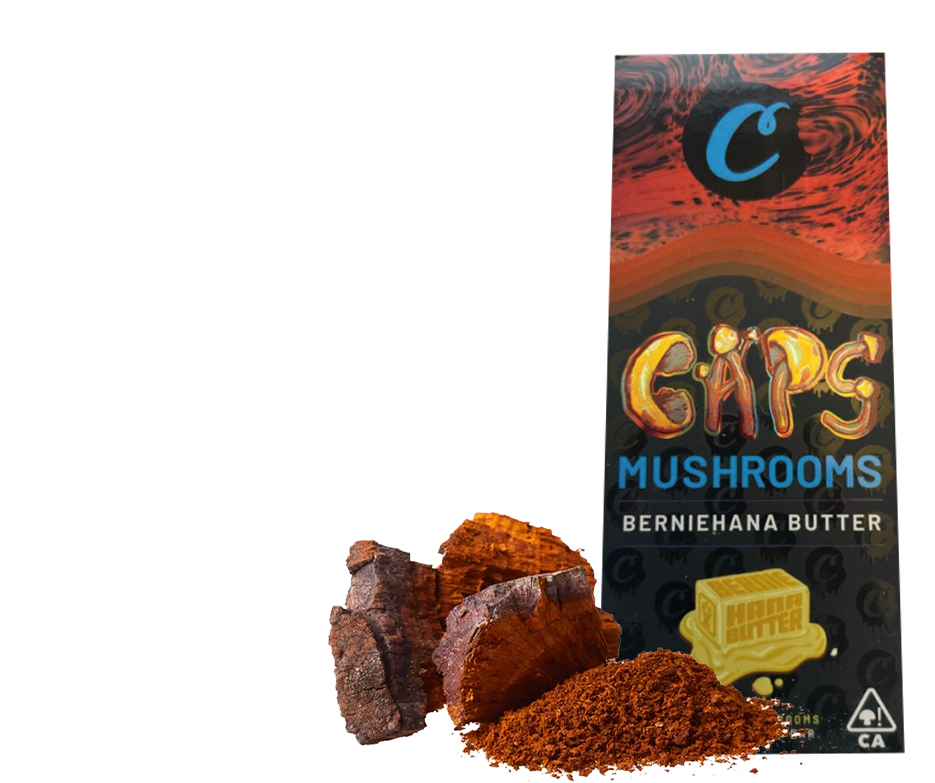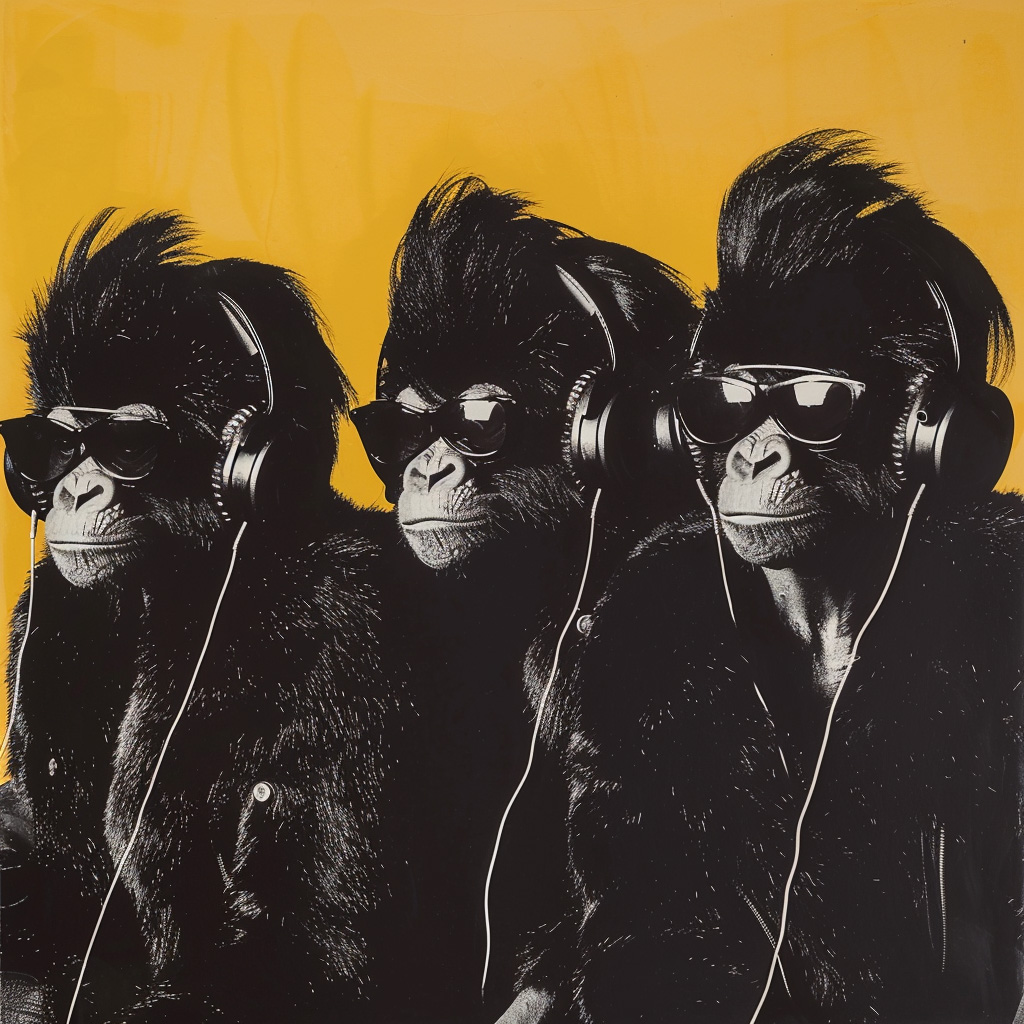The psychedelic renaissance has allowed for the topic of using psychedelic substances for therapeutic and recreational purposes to enter the popular culture, but that doesn’t mean psychedelics weren’t being used prior to their recent surge in popularity.
To ease the transition into the mainstream, proponents of the psychedelic renaissance have largely been able to brand the movement as a kind of “revival” of ancient traditional medicine. This positioning of psychedelic substances has made the subject more socially palatable, and has also helped to keep the spotlight off of its less-attractive history. Besides the ego-destroying, nature-connecting, and mind-opening uses of psychedelics, these substances are also well documented as being used to facilitate state violence.
Psychedelics As Weapons
The use of psychedelics as a ‘weapon’ or means of punishment can be traced back for centuries, even appearing in stories of Viking conquests and in Tartar warfare where soldiers would be given psychedelic concoctions to both reduce their nerves, and to make them more vicious on the battlefield.
During World War II, soldiers from both sides (including US soldiers) were dosed with psychedelics to increase alertness, and to help them to detach from the emotional strain of killing other human beings.
Beginning in the 1930s, the NIMH Addiction Research Center in Kentucky (now the National Institute on Drug Abuse) began to study the effects of LSD and ibogaine. The subjects of the study were a few white volunteers and a large group of Black inmates recovering from opioid addiction. The white subjects were all unincarcerated and treated personally by the lead researcher with the goal of reducing anxiety. The Black participants, on the other hand, were given high-doses of the substances for the purposes of studying prolonged exposure and were coerced by researchers who offered them heroin as an incentive for their participation.
As researchers and governmental organizations have worked to unlock the secrets of psychedelics, the so-called “war on drugs” has decimated the lives of millions of Black and Brown people. Police officers and returning veterans have been offered drug therapies to reduce the symptoms of their trauma while police violence has become the leading cause of death for young Black men.
Recently, as protestors took to the streets to publicly decry the wrongful murder of George Floyd at the hands of the police, another young Black man by the name of Elijah McClain was killed when police dosed him with more than twice the standard amount of ketamine for an individual his size.
While psychedelics continue to be touted for their potential to alleviate human suffering, it is impossible to ignore the long history of state violence through psychedelic use and research. In order for psychedelics to truly become the tool for mental health and wellbeing all proponents wish them to be, there must always be room to question the legitimacy of their use by people and institutions in positions of power.



